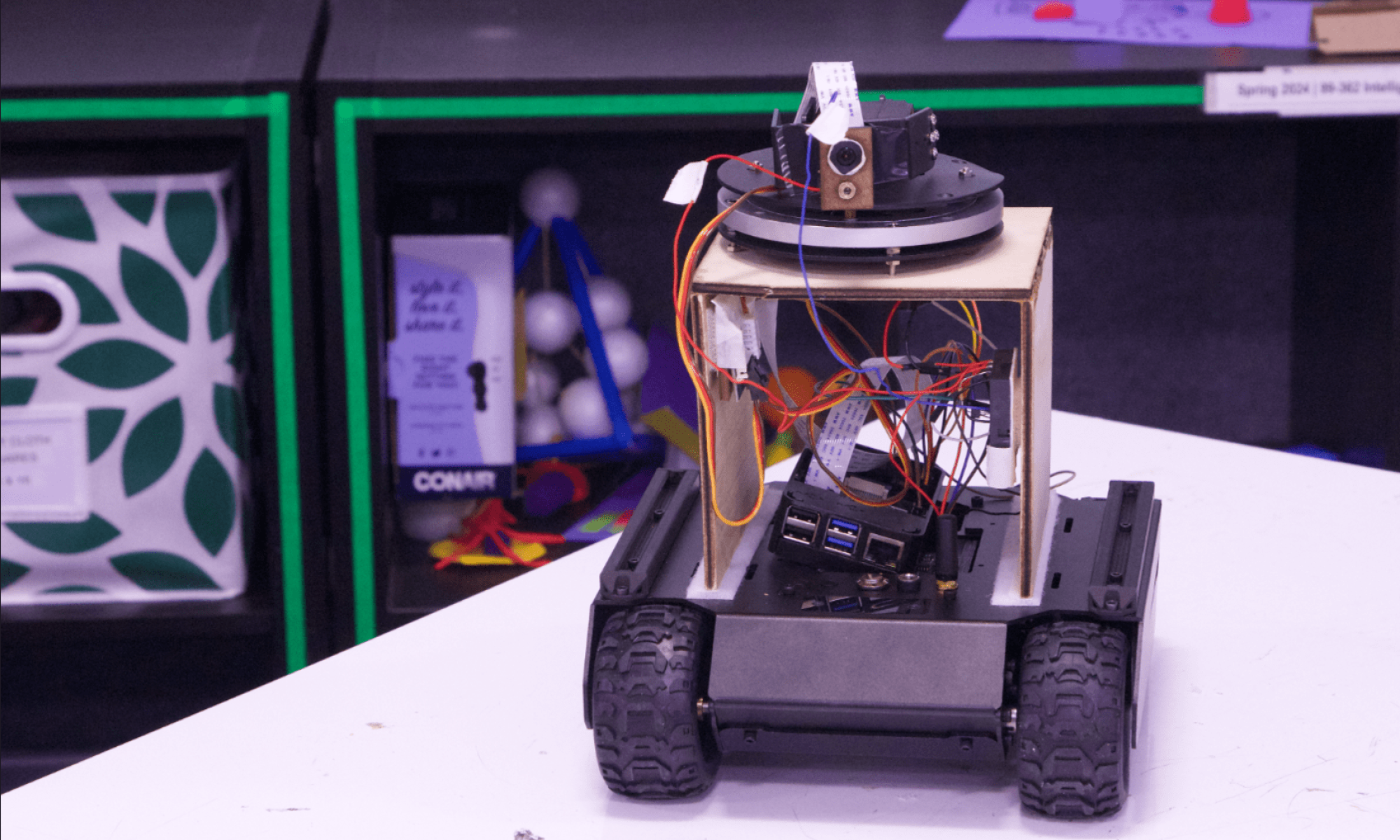Significant Risks and Contingency Plans
The most significant risk to our project right now is determining what kind of search pattern to implement if creeping line search does not work despite running the same rover commands. However, as mentioned in the previous status report, using a somewhat randomized search would be optimal and wouldn’t compromise on the time taken to detect the human. We simply must ensure that the rover doesn’t move out of our scenario arena by fine tuning the rover commands. Additionally, the accuracy of the object detection has a tradeoff with increasing the latency of communication from the CV server to the rover. However, this will also be finalized with increasing the sample rate of breaking the video in frames in the CV server and spawning fewer worker nodes to ensure the system can take up more frames without compromising on latency. Finally, even though our scenario design is mostly finalized, we need to work on what might be the best way to demonstrate our project. We will flush these details out in the next week.
We had many unit tests during experimentation, as we had designed our system to be very modular. This involves testing the CV detection accuracy (feeding images to see if human detected), movement accuracy (running a preset path to see distance offset), latency tests (timing CV and information transfer), laser accuracy (turning the laser on, and measuring offset from intended position), and power consumption (measuring battery time until death). The overall system test involves running the rover along a search pattern, letting it detect the human, and then point the laser at them.
We found through our tests that movement control was often erratic and not replicable. This led us to search for new searching methods. Our latency proved to be small, but still enough to provide errors such as failed target convergence, so we had to tune the rate at which the rover adjusted to deal with this. We will explore tradeoffs between laser accuracy and pointing speed. The laser accuracy was very accurate as long as the laser was indeed pointing forward, with accuracy becoming worse the further the laser was (which makes sense, angle scales more the further you are).
System Changes
Currently, our rover only turns on the x-axis. However, we decided to implement moving the PTZ camera as well to point the laser with more accuracy on the y-axis. This will allow us to account for the various heights people have and whether they’re sitting or standing.
Apart from this, we might look into implementing obstacle detection with the ultrasonic sensor if time permits this, even though it is likely we would just focus on testing our system intently. It is okay for the purposes of our project if this isn’t implemented as our use case requirement is of a semi-flat terrain with no obstacles.
Other Updates
For other updates, we are working on our final deliverables. Not much would change from our design report apart from our system changes, and we will also work on designing a final poster that is informative and intriguing.
